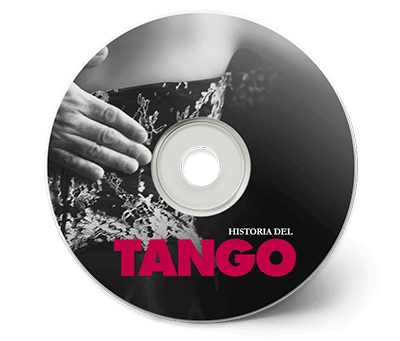
From the opening ascending arpeggio of “Taquito Militar,” the thoughtful interplay between guitarist Berta Rojas and Argentina's most beloved chamber group, Camerata Bariloche, takes center stage on Historia del Tango (2015) and keeps the listener's focus where it should be-on the tango. Drawing its title from the Astor Piazzolla four-piece suite that serves as its centerpiece, the album derives its inspiration from there as well, functioning as a breezy survey of the history of tango in its development from the bordello to the performance hall. Though Rojas and arranger Carlos Franzetti showcase tango's most famous composer on five tracks, including the sublime highpoint, “Oblivion,” the rest of the album's twelve cuts explore work by composers less well known outside Argentina. On songs like “Por una Cabeza,” we find melodies that were delivered by strings and voices on the original recording transposed to Rojas's guitar lines, which rely on lyrical flourishes to stand in for the wavering vibrato that once transmitted emotion to the listener. The bandoneón (a type of concertina almost synonymous with tango) is used throughout the album to retain the historic flavor of the form, but the guitar never cedes center stage to it. Historia del Tango succeeds on multiple levels and, as such, can satisfy listeners who explore its riches in a variety of ways. It is easy on the ears-the tango being at once light and playful while retaining the irresistible rhythmic pulse that once made it the envy of the dancehalls. Though the compositions are familiar within the tango tradition, the novel pairing of guitar with chamber group reveals new facets of each song that should satisfy novice and connoisseur alike. Finally, classical guitar enthusiasts will love this opportunity to explore the rich history of the tango through Rojas's deft interpretations of these classics, ably supported by Franzetti's imaginative but subdued string arrangements.